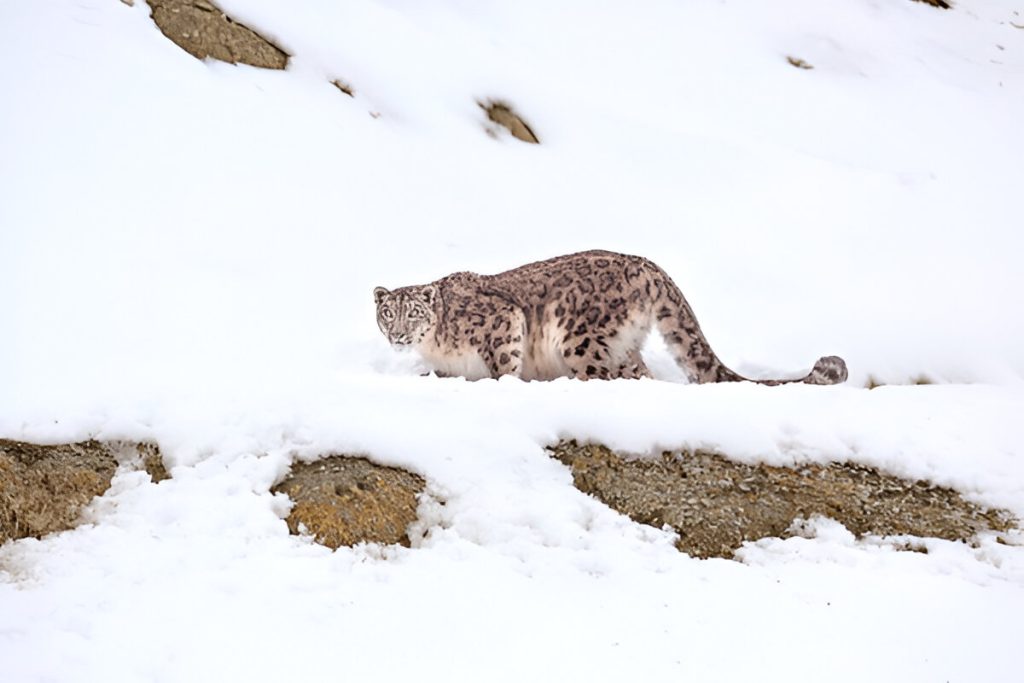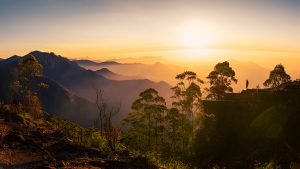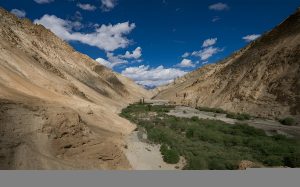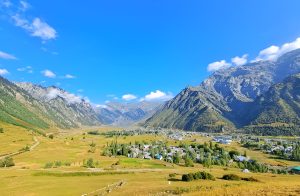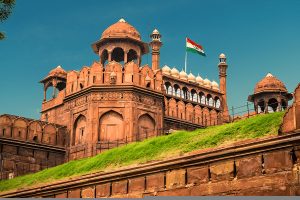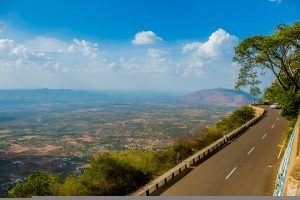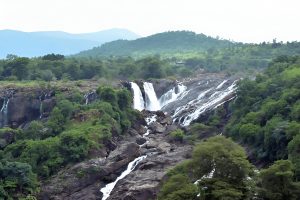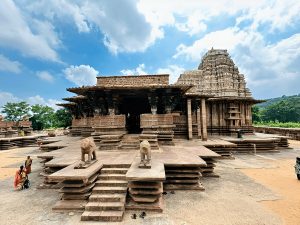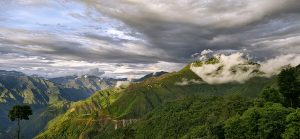Hemis National Park, located in the remote region of Ladakh, is a hidden gem that promises adventure, tranquility, and a unique wildlife experience. Spanning over 4,400 square kilometers, it stands as one of India’s largest and most pristine national parks. The park is home to breathtaking landscapes and rare wildlife species, including the elusive snow leopard, making it a must-visit for wildlife enthusiasts and trekkers alike.
Size and Location
Located in the eastern part of Ladakh it covers parts of the Zanskar and Ladakh mountain ranges. The park’s altitude varies from 3,300 meters to 6,000 meters, offering a rugged terrain with steep cliffs, vast valleys, and snow-capped peaks. This high-altitude environment serves as a sanctuary for a range of animals and plants that thrive in extreme conditions.
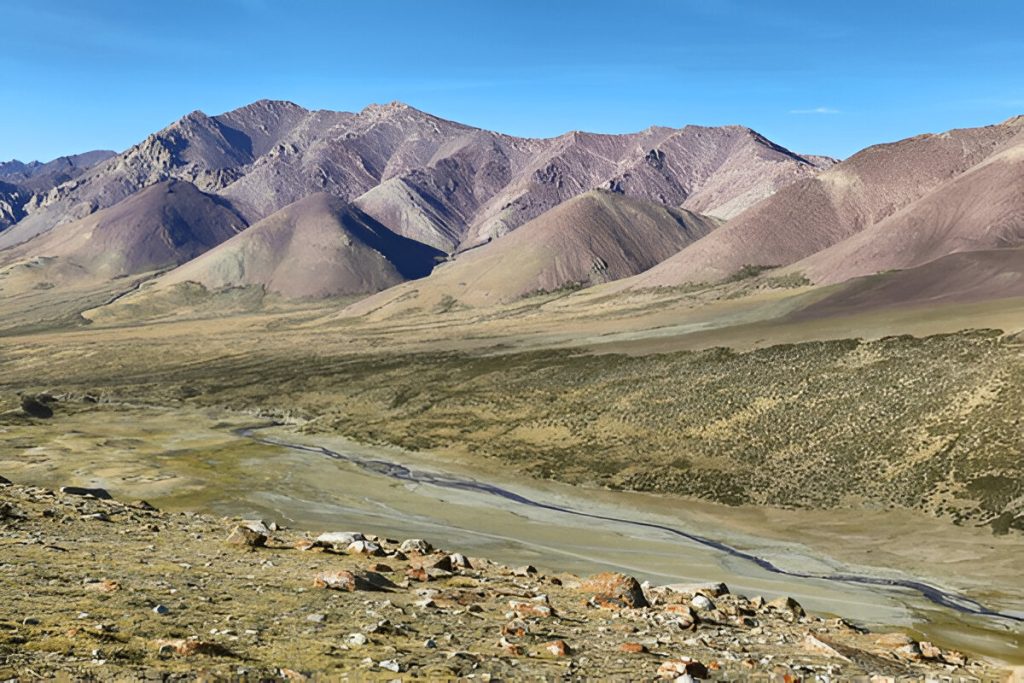
What to Do at Hemis National Park
Hemis offers a variety of activities, with trekking and wildlife photography topping the list. The park’s challenging treks provide a chance to immerse yourself in nature, offering panoramic views of the mountains and valleys. It’s also an excellent place for birdwatching, as numerous species, including migratory birds, can be spotted during the summer months.
The park is a haven for spotting rare animals like the snow leopard, Himalayan ibex, Tibetan wolf, and blue sheep. These species, along with many others, make the park an exciting destination for photographers looking to capture the essence of the wild.

Wildlife at Hemis National Park
The park is best known for its snow leopards, with an estimated 200 individuals roaming its vast, rocky terrain. Spotting them is a challenge, as they blend perfectly with the rocky landscape. In addition to snow leopards, visitors can also encounter a range of other animals, including Himalayan ibex, Tibetan wolf, wild boar, and various bird species like pheasants.
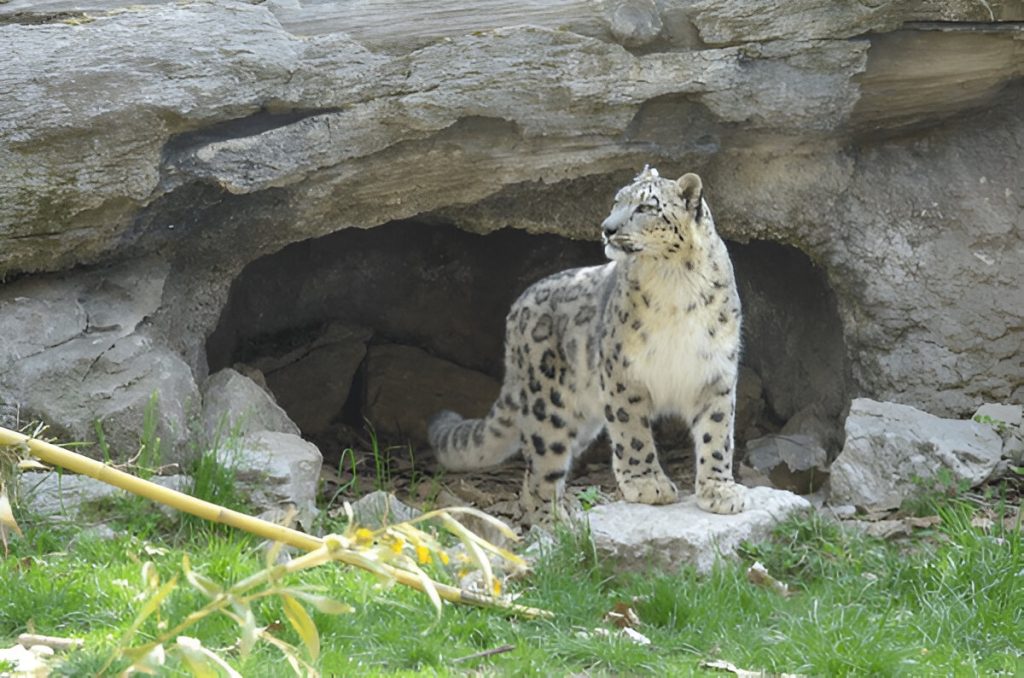
Safety Tips for Visiting Hemis National Park
While Hemis National Park is generally safe for visitors, it’s essential to be prepared for the challenges also:
- Acclimatization: Given the park’s high altitude, it’s crucial to acclimatize properly before venturing into the park to avoid altitude sickness.
- Guides: Always hire a local guide with experience in navigating the park’s rugged terrain and knowledge of its wildlife. They will also help you spot animals and ensure you stay safe.
- Wildlife Awareness: Although wildlife is generally non-threatening, maintain a safe distance from animals, especially predators like wolves and snow leopards. Never approach wildlife.
- Weather Preparedness: The weather can be unpredictable, with sudden temperature drops or snowfall. Always carry appropriate clothing and gear for all weather conditions.
- Trekking Essentials: Wear sturdy hiking boots, carry enough water, and ensure you have sufficient supplies for the trek. Having a first aid kit is also essential for emergencies.
Best Time to Visit
The ideal time to visit Hemis National Park is during the summer months from May to September, when the weather is relatively warm and wildlife is more active. The park remains inaccessible during the winter due to heavy snowfall, making summer the perfect time for exploration.
Guides and Maintenance
Guides are available to assist visitors and provide insights into the park’s wildlife and history. The Ladakh Wildlife Department oversees the maintenance of the park, ensuring the conservation of its unique flora and fauna. Though the park is remote, it is well-preserved due to the efforts of local authorities and the community.
Conclusion

Hemis National Park is a paradise for wildlife lovers, trekkers, and photographers. With its diverse wildlife, stunning landscapes, and serene atmosphere, it offers an unforgettable experience. If you’re planning a trip, be sure to prepare for the high-altitude terrain, and don’t forget to bring a guide to make the most of your visit.

